This large invasive rodent was originally introduced for its use in the fur trade. Fancy the concept that people are not particularly fond of wearing coats made of giant rat fur. Nutria rat farms quickly went out of business, oftentimes releasing the rodents into the wild. The main concern about this invasive rat species is its propensity for habitat destruction. Read on to learn about the nutria rat.
Description of the Nutria Rat
Nutrias look similar to a beaver, without the large flat tail. They are slightly smaller than a beaver, with thick brown fur. They have a long tail, webbed toes, and long orange teeth.
Interesting Facts About the Nutria Rat
The nutria, also known as the “coypu,” is a large, semi-aquatic rodent. The history of the nutria and its spread as an invasive species is relatively unique in nature.
- Fur Farm Escapees – Nutrias spread from their natural range in South America through the development of fur farms. These fur farms bred nutria rats for the purpose of turning them into fur coats. When the farms eventually went bankrupt (who had the bright idea of rat fur coats?!) the nutria escaped or were released.
- Widespread Invasion – Populations of coypu have been introduced in regions of North America, across Europe, and in some parts of Africa.
- Heavyweight Snacking – Nutria are quite large. These semi-aquatic mammals can eat 25% of their body weight in a single day, and they eat 365 days per year. If the average animal weighs 12 lbs. they can potentially eat 1,095 lbs. of vegetation per year.
- Rapid Reproduction – Nutria can potentially breed three times per year. Each litter yields up to thirteen babies. This means that, not only do they eat massive amounts of native vegetation, but they also multiply at an immense rate.
Habitat of the Nutria Rat
Nutria prefer living in aquatic environments. They are found most frequently in freshwater marshes and wetlands. They sometimes inhabit brackish waters, and on rare occasions, salt water marshes as well.
Distribution of the Nutria Rat
Natural Range
Nutria are naturally found across the southern half of South America. They inhabit most of Argentina and Chile, in the subtropical and temperate regions.
Invasive Range
In North America, Nutria have been introduced across the majority of the Southern United States. They have also spread through the West Coast, as well as portions of the East Coast of the United States. In Europe, the large rodents can be found from France all the way to the Ukraine. In Africa, invasive populations have become established in Kenya.
Diet of the Nutria Rat
Nutria rats will eat virtually any vegetation close to aquatic regions. They eat a variety of plant matter, from roots to entire shrubs. They will occasionally feed on snails and shellfish if they come across them.
Nutria Rat and Human Interaction
Efforts to eradicate invasive nutria from wetlands have been extensive. Many states have programs in which a monetary incentive is placed on the capture and killing of nutria. Those participating in the program receive a license for capture or hunting, and are paid a certain amount per animal. Officials have high hopes that these programs will help reduce the spread of the nutria, as they are causing widespread wetland destruction.
Domestication
Nutria have been semi-domesticated in the commercial fur trade, but any selective breeding has since ended.
Does the Nutria Rat Make a Good Pet
As an invasive species, it is unadvisable to own a nutria rat as a pet. If it were to escape it could add to the invasive breeding population. It is also illegal to own nutria in some states, and requires access to an aquatic habitat.
Nutria Rat Care
Nutria require lots of plant matter as feed. They also need frequent access to an aquatic environment. These rodents are happiest when they can live in close proximity to the water.
Behavior of the Nutria Rat
These large rodents spend most of their time foraging for vegetation to eat. They begin searching for food at sunset, and activity will continue until sunrise. They spend most of their time in a relatively small area, approximately 30 acres, but can migrate during winter.
Reproduction of the Nutria Rat
Female nutria has a gestation period of 130 days, and 48 hours after giving birth they can reproduce again. Litters can range from 1-13 offspring, with an average of 4-5 babies born. The young are weaned at 7 or 8 weeks of age.

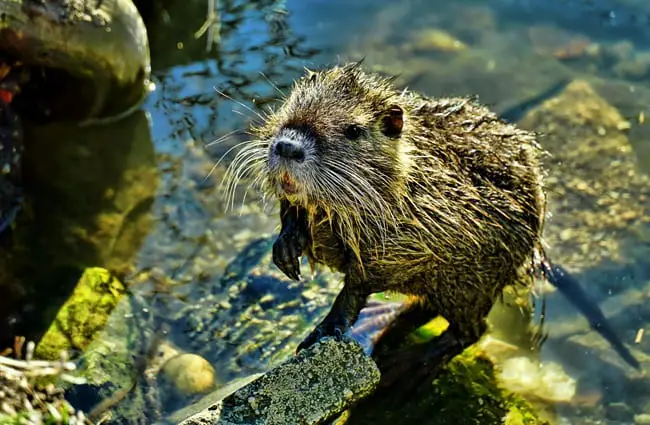
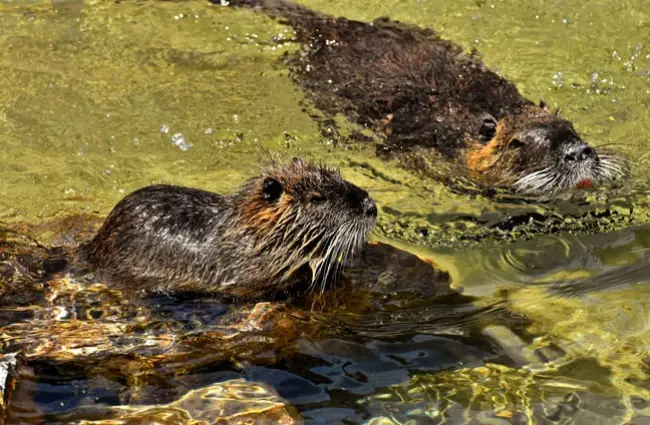

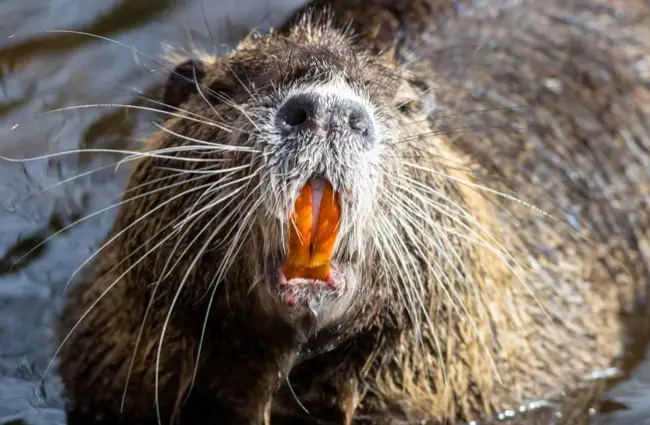

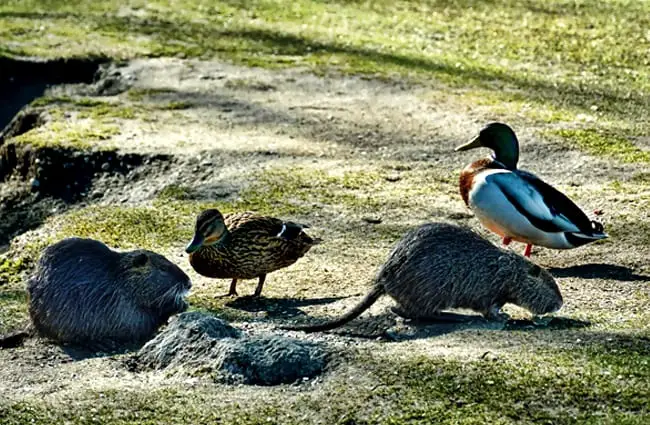

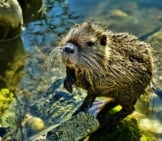
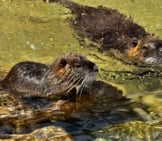

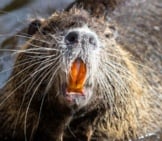
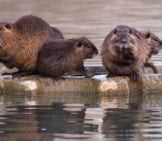
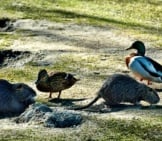
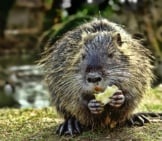
![Red Angus Closeup of a beautiful Red Angus cowPhoto by: U.S. Department of Agriculture [pubic domain]https://creativecommons.org/licenses/by/2.0/](https://animals.net/wp-content/uploads/2020/03/Red-Angus-4-238x178.jpg)












![Red Angus Closeup of a beautiful Red Angus cowPhoto by: U.S. Department of Agriculture [pubic domain]https://creativecommons.org/licenses/by/2.0/](https://animals.net/wp-content/uploads/2020/03/Red-Angus-4-100x75.jpg)

